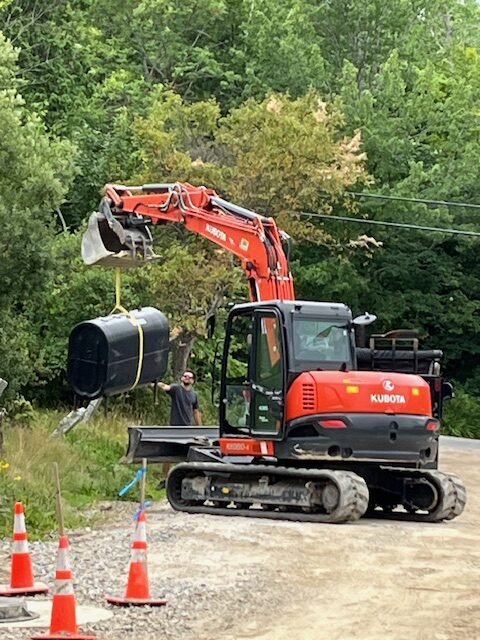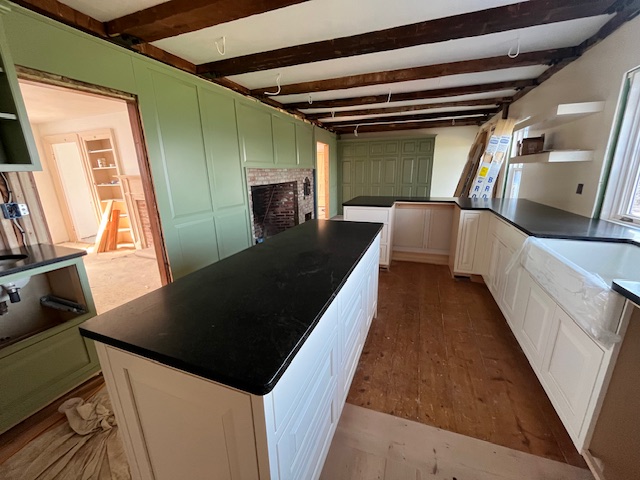
The term “Modern Farmhouse” is most often used as a decorating style. A search for it on Pinterest offers up images of rustic furniture on newly refurbished floors with quaint knick knacks on fireplace mantels. The Red House will undoubtably boast its own antique showpieces, but it is a modern farmhouse in another more fundamental way.
When it was built in 1805, its massive chimney serving five fireplaces was an early version of central heating, burning wood, a plentiful fuel gathered from surrounding forests. When the Johnsons bought the farmhouse in 1960s, the old structure still had working fireplaces but they soon added an oil tank and a furnace to heat the house. Fast forward to 2024. We are now replacing the oil with geothermal heating and cooling, a cutting edge technology that transfers the 50-degree water beneath the earth to maintain a comfortable temperature in our well-insulated interior. We are also swapping out the range for an electric induction stove and convection oven.
We need not rely on wood fires to keep warm or to cook our meals, but we honor the original design by keeping the fireplaces and flues in working order so we can enjoy the cosy atmosphere and evocative scents of the hearth in winter. We can even bake bread in the bread oven!
Our geothermal well has been drilled, trenches dug, lines laid through holes in the foundation to the basement. Today they were connected to a compression tank and a heat exchanger designed to force warm or cool air through ducts. (This is a gross oversimplification of how geothermal works.)
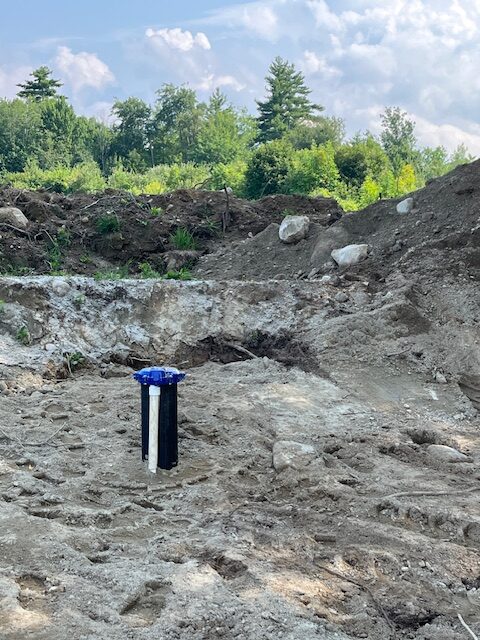
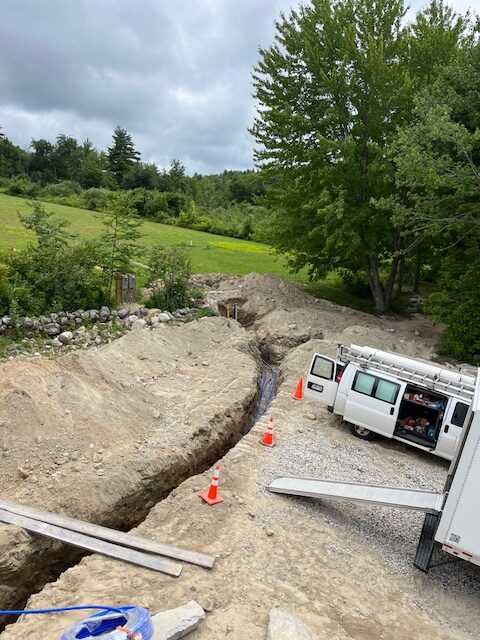
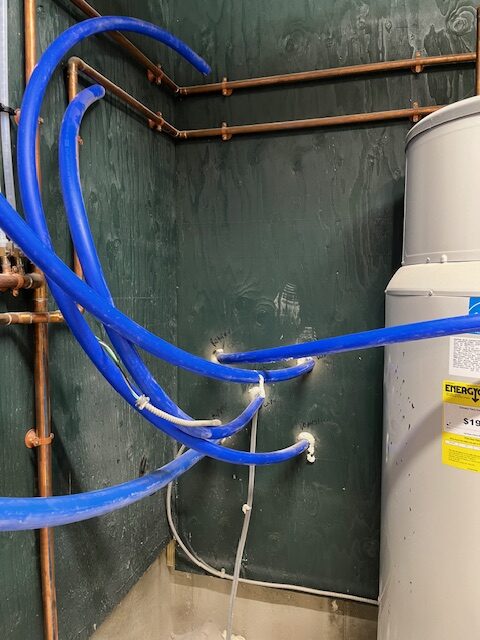

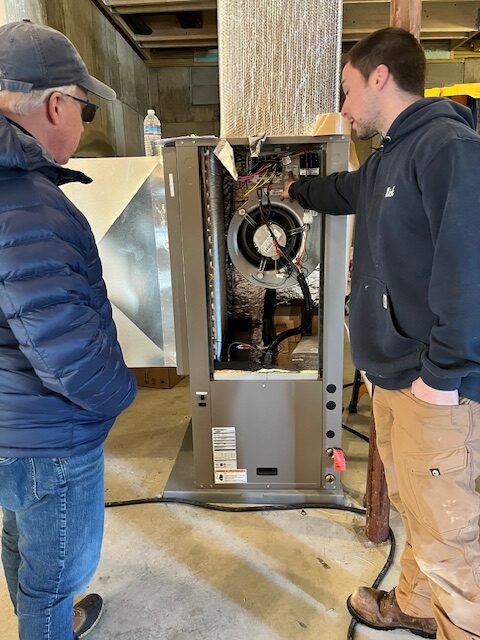
The heat exchanger was installed in March. It will be connected to the geothermal well this week.
Last week, carpenters installed new doors, masons finished up the granite steps and bathroom vanities got topped.
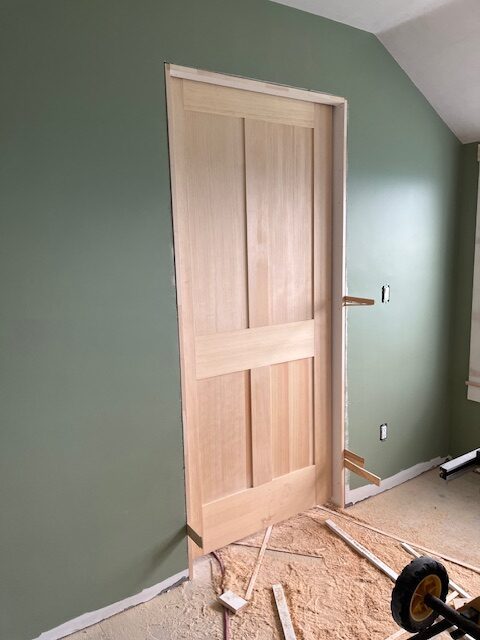
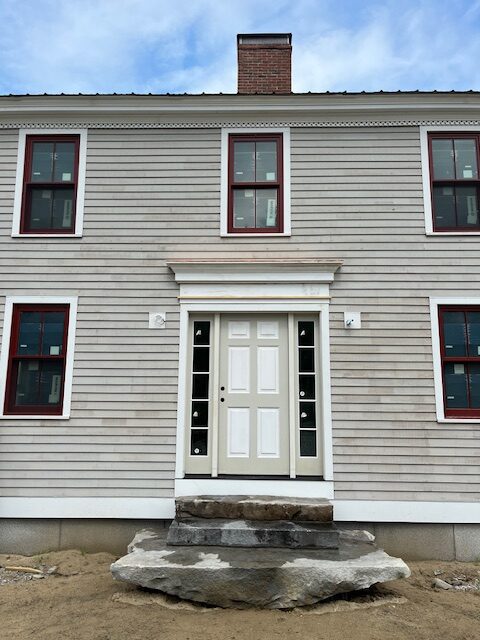

And, we said good bye to the oil tank!
